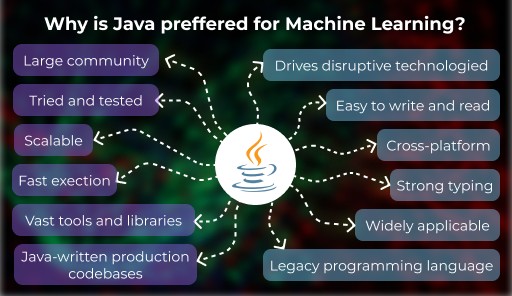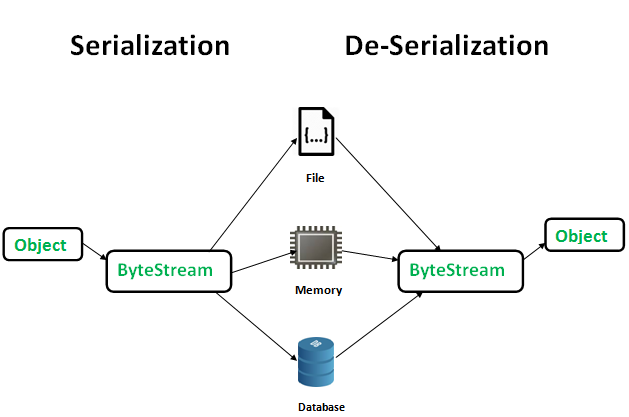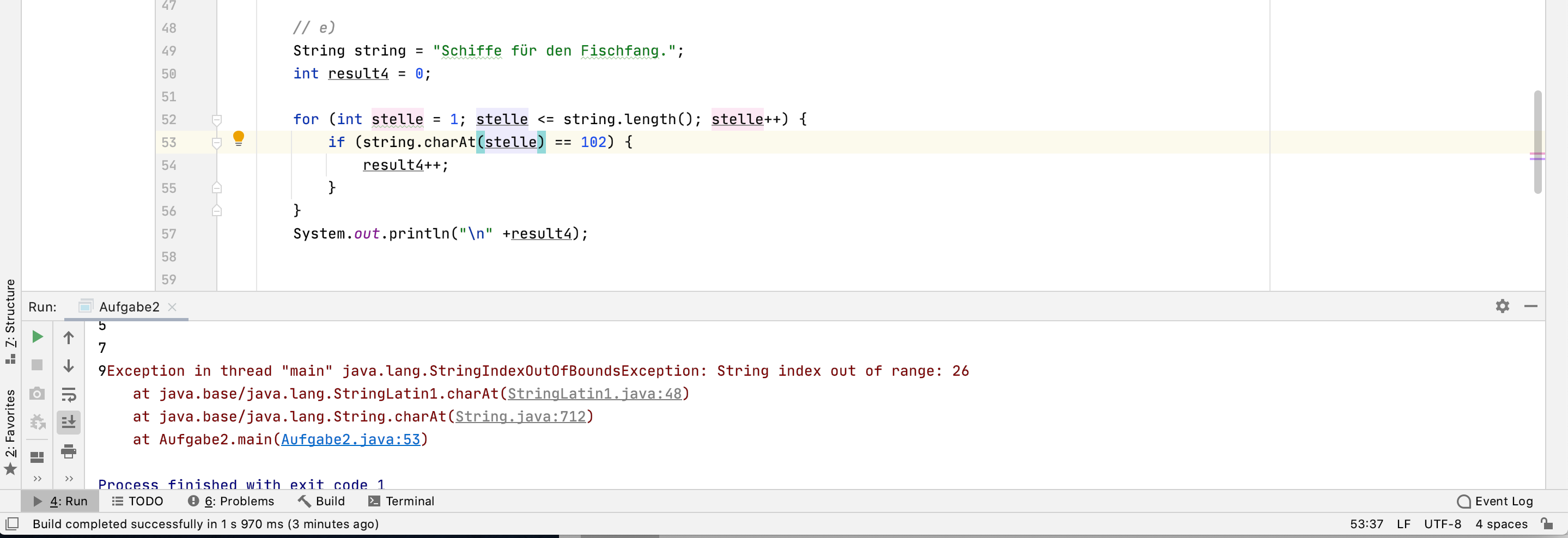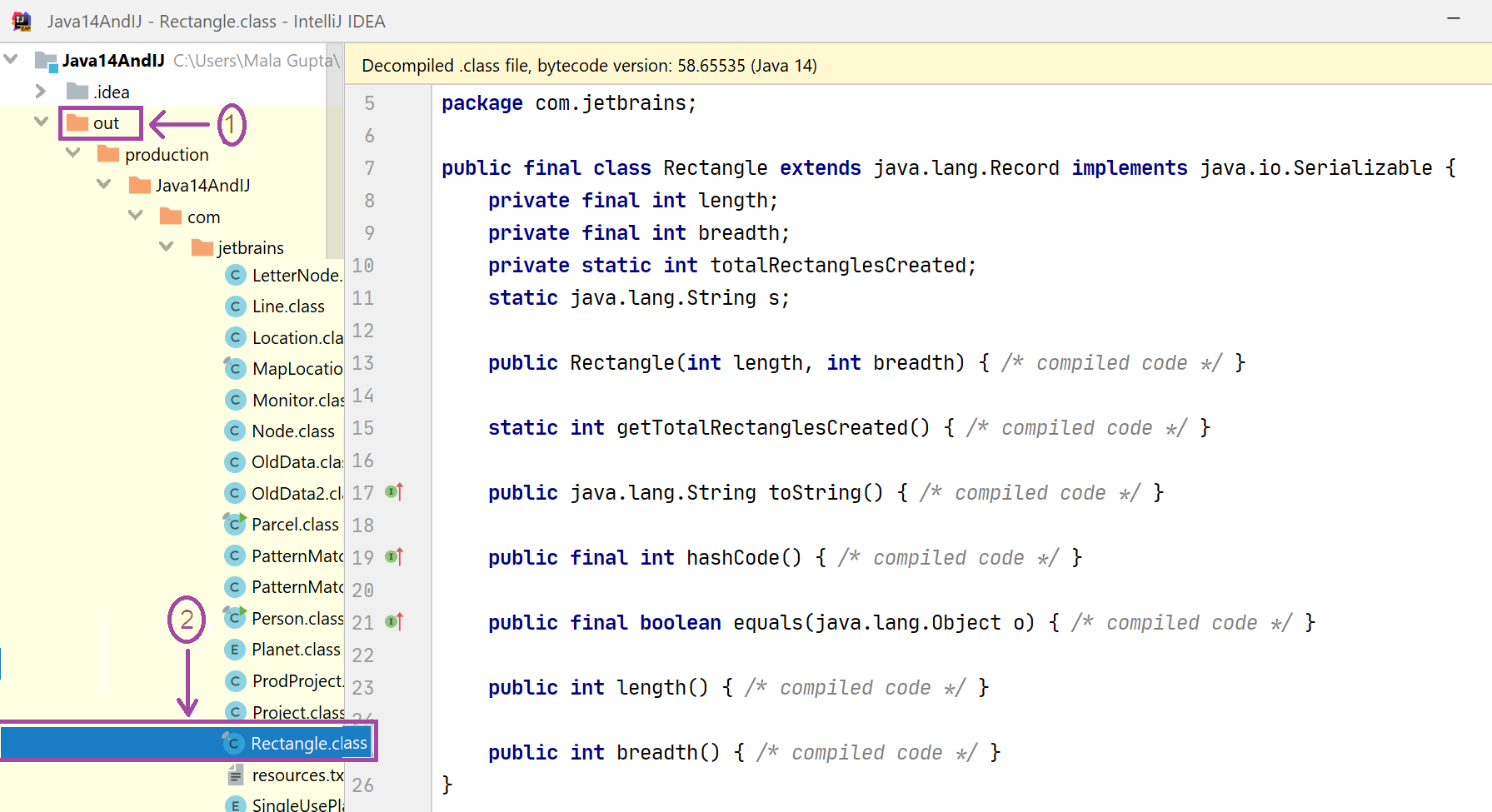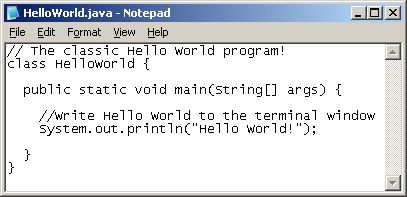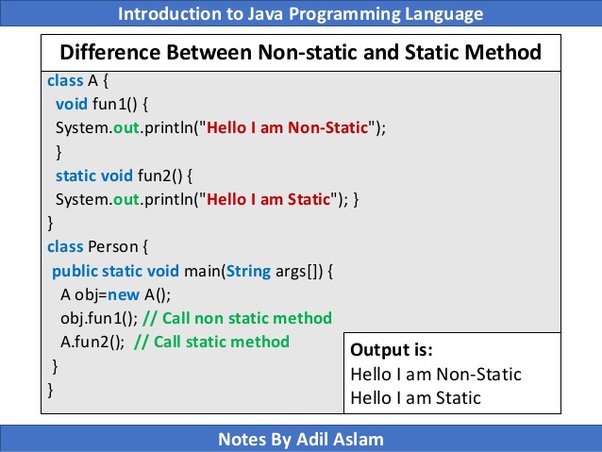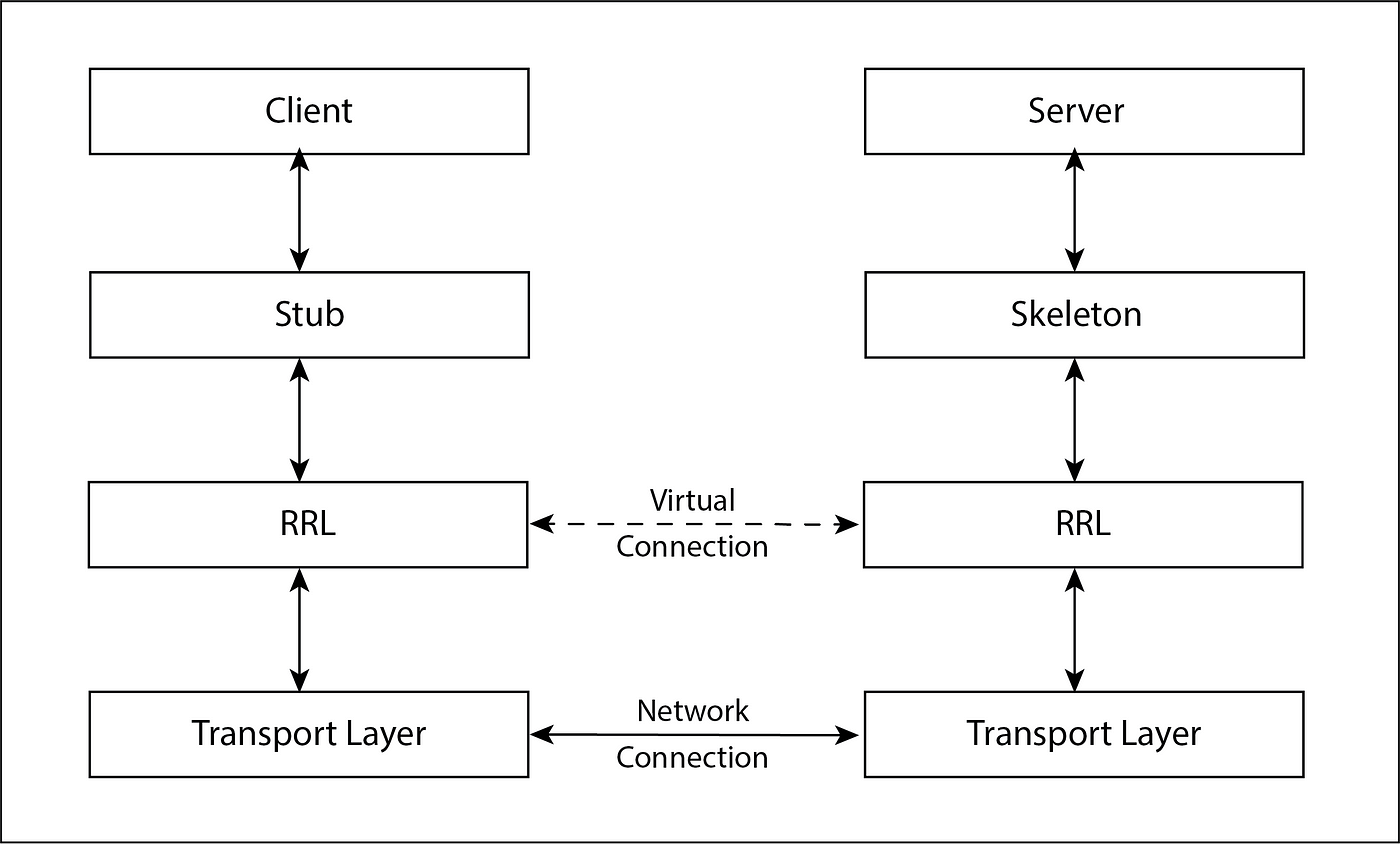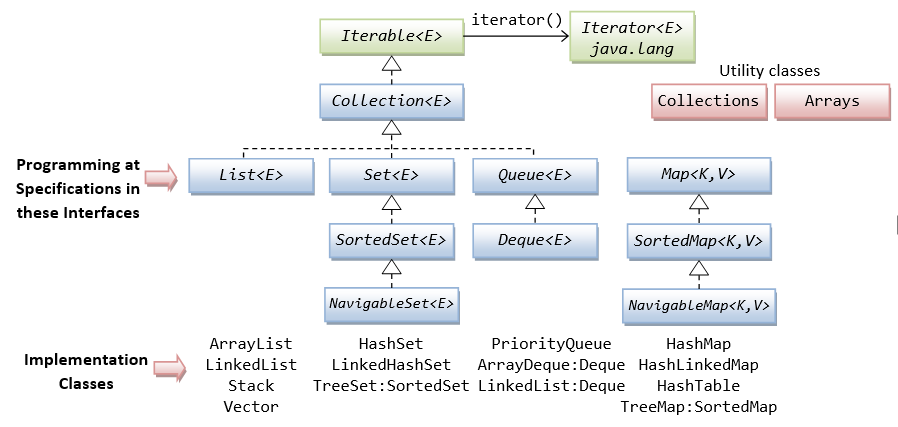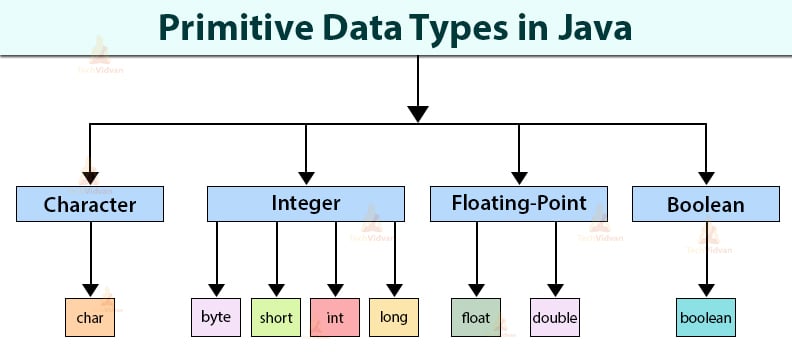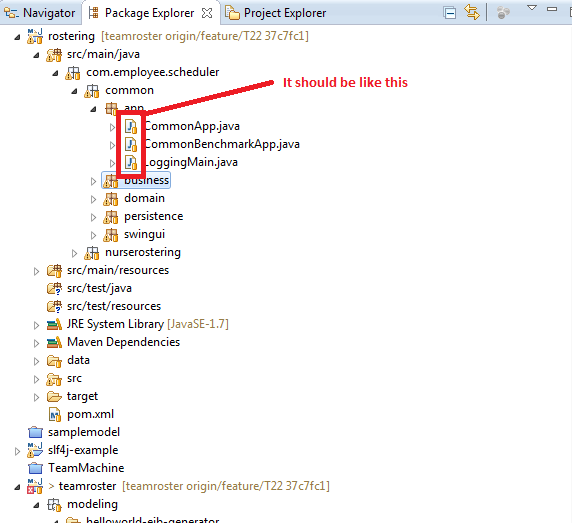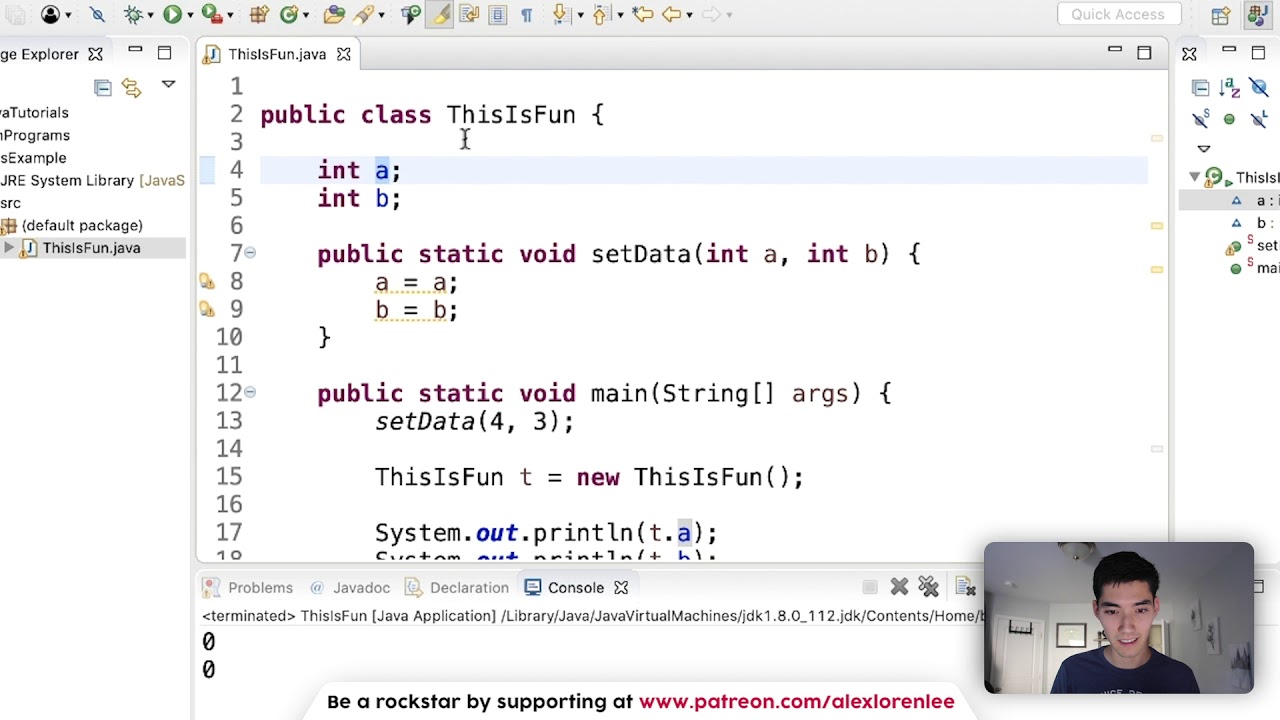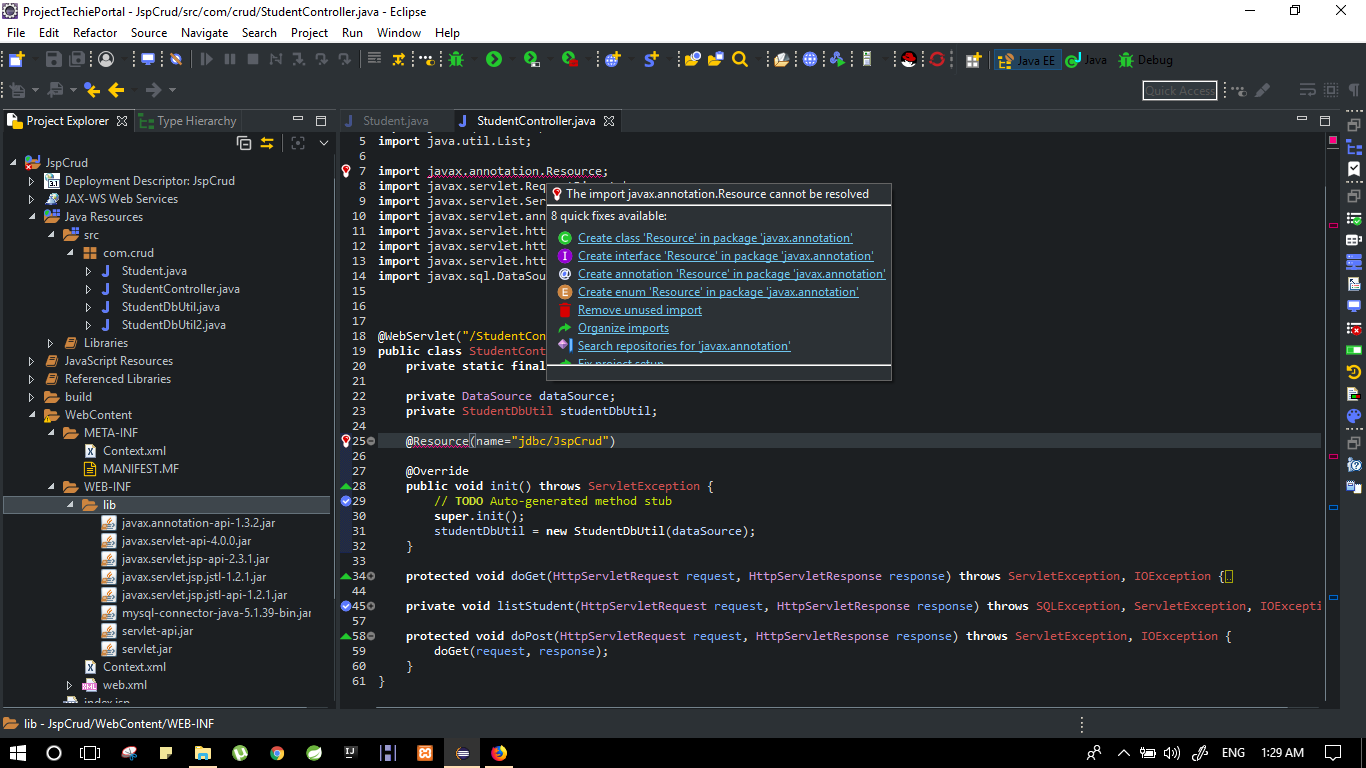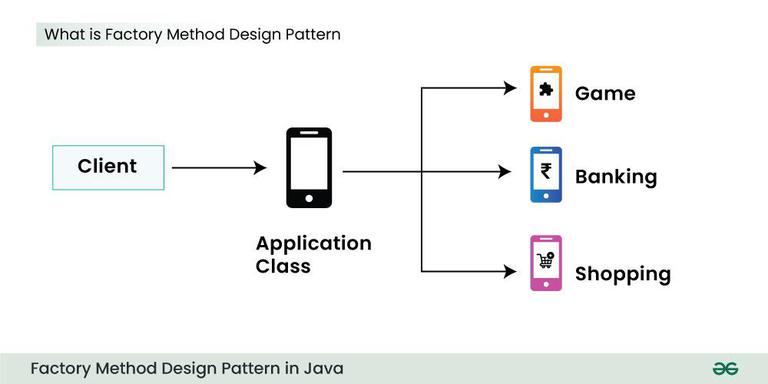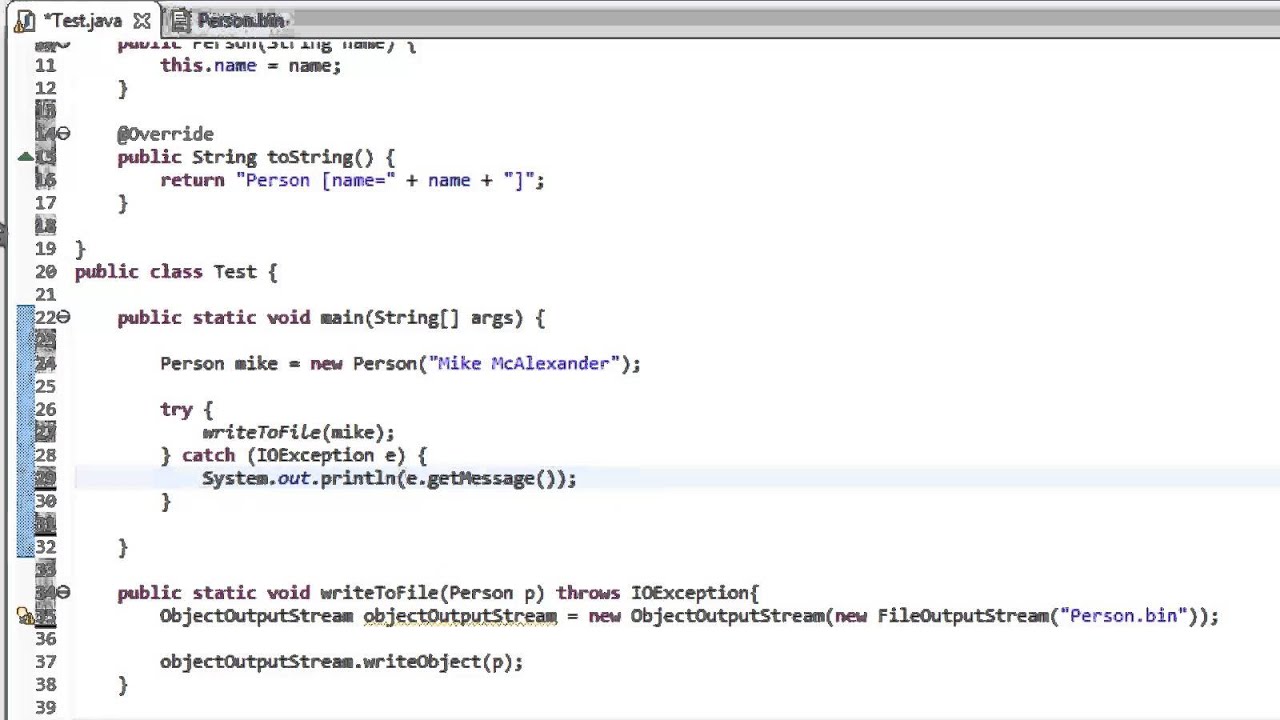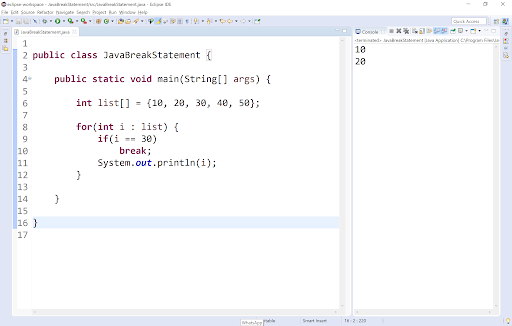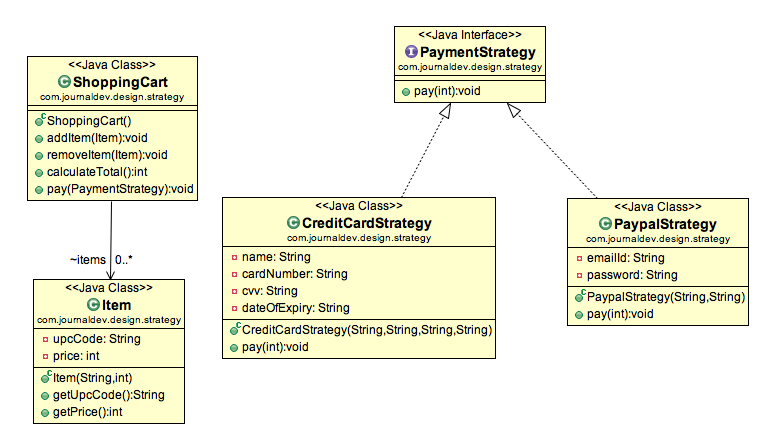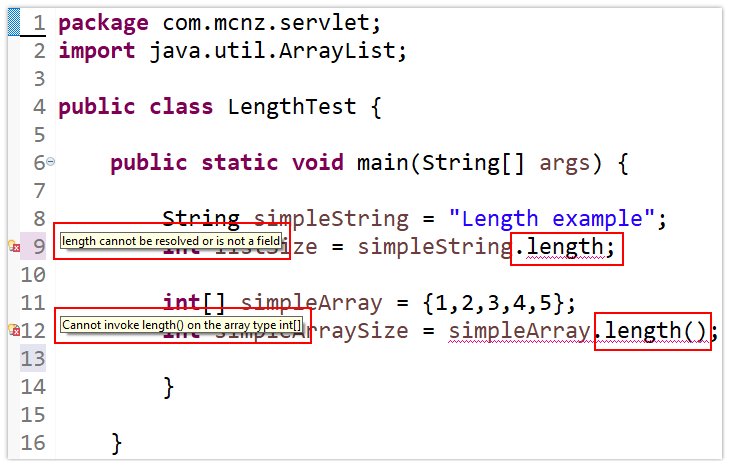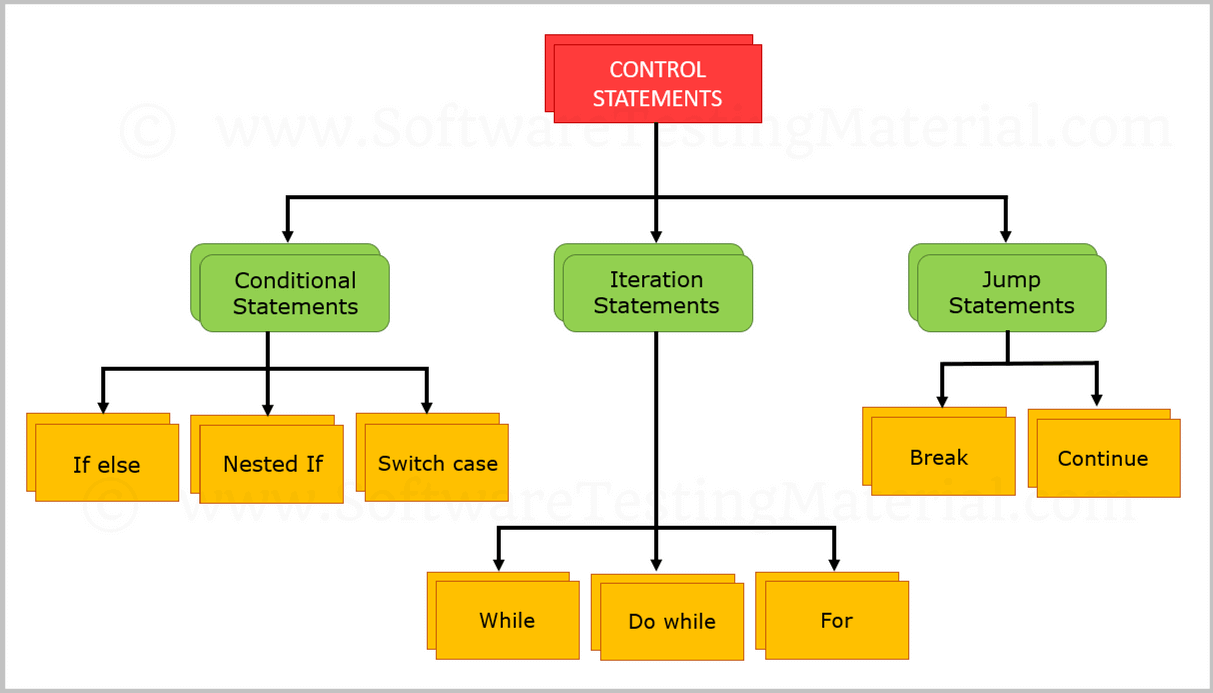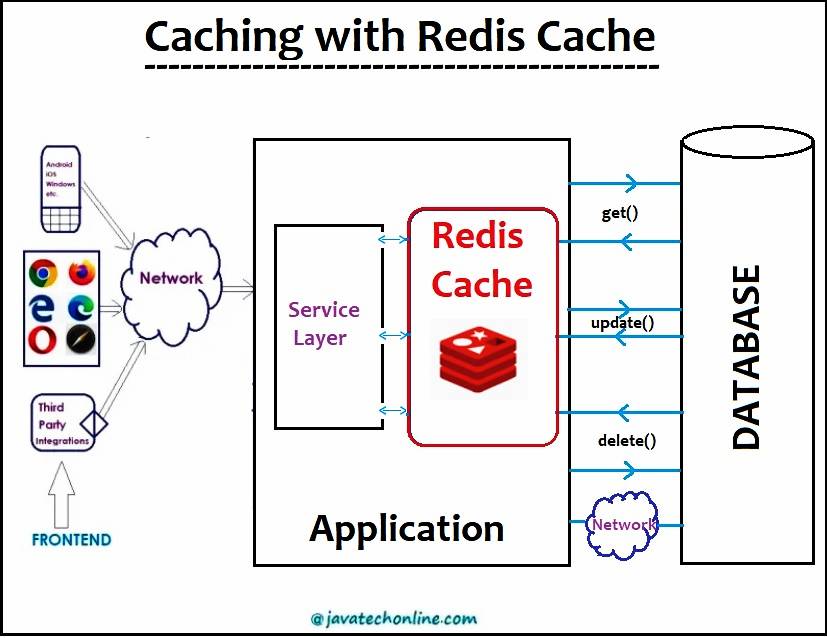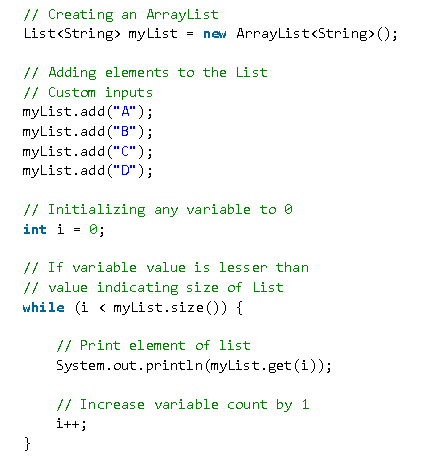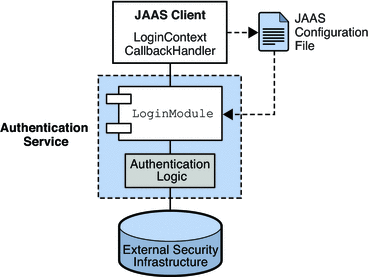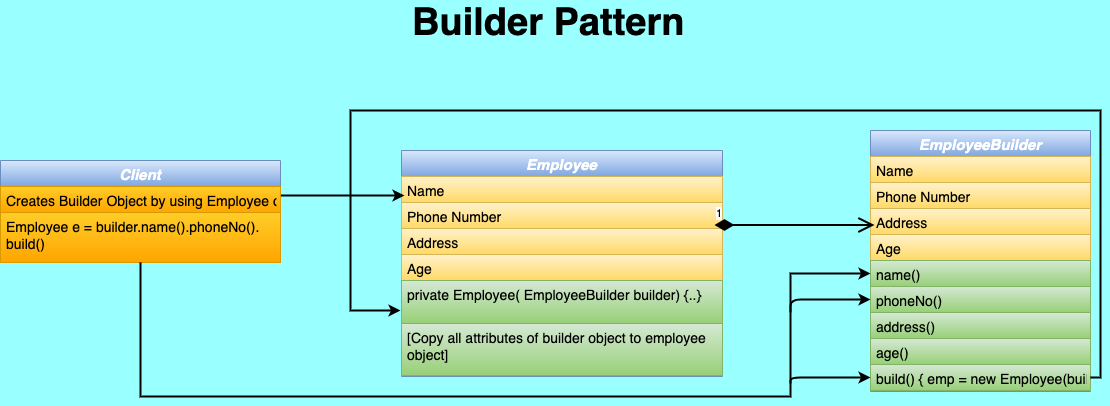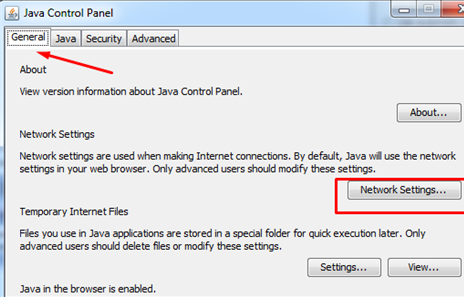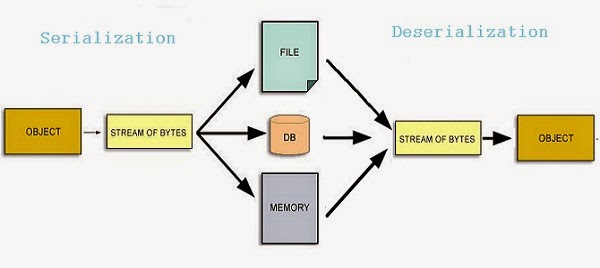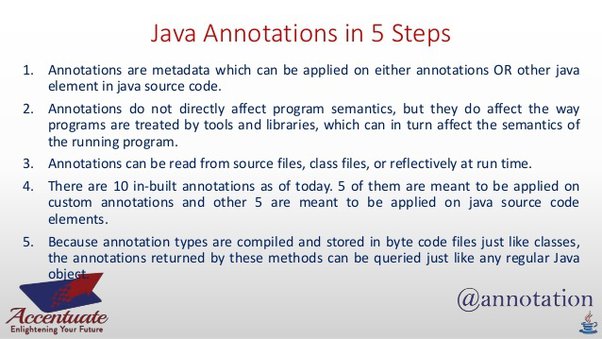When to use try catch and when to use throws in Java?
When to use try catch and when to use throws in Java?
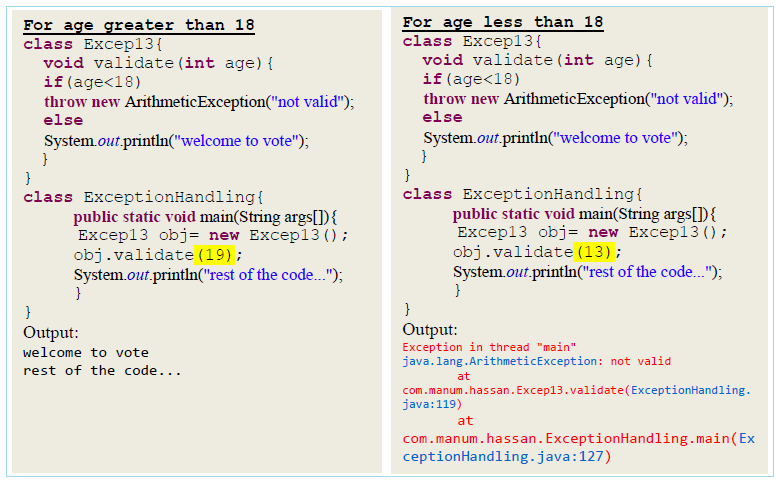
I'd be happy to explain when to use try-catch and when to use throws in Java.
Try-Catch
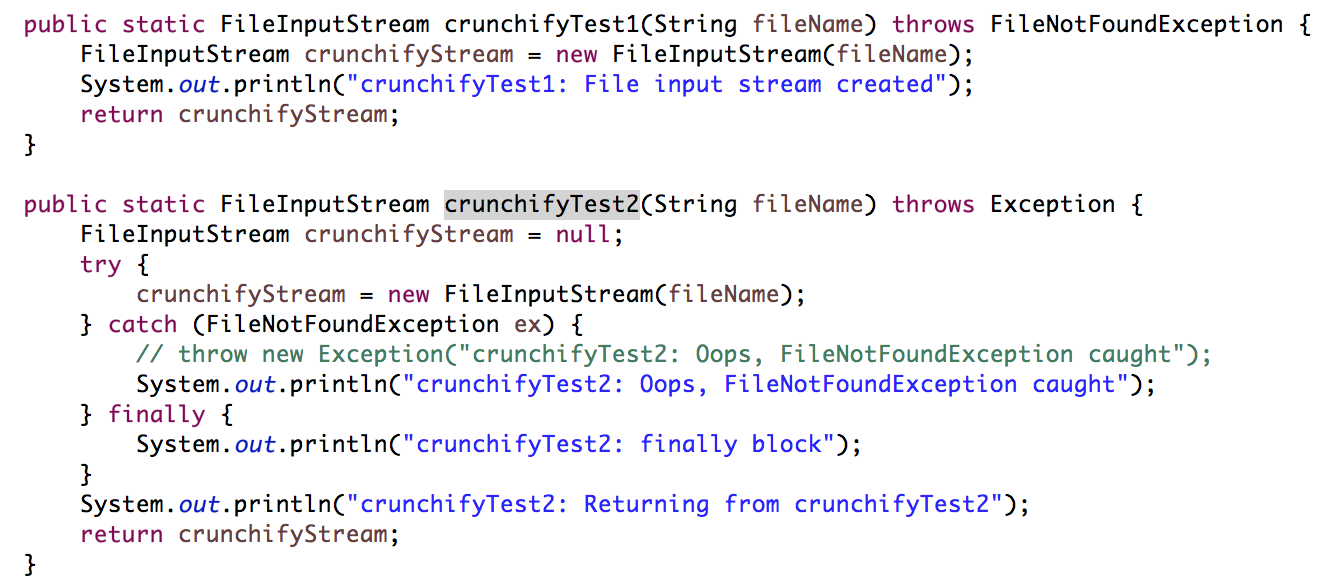
In Java, the try-catch block is used to handle exceptions that can occur during the execution of a piece of code. The general syntax for a try-catch block is as follows:
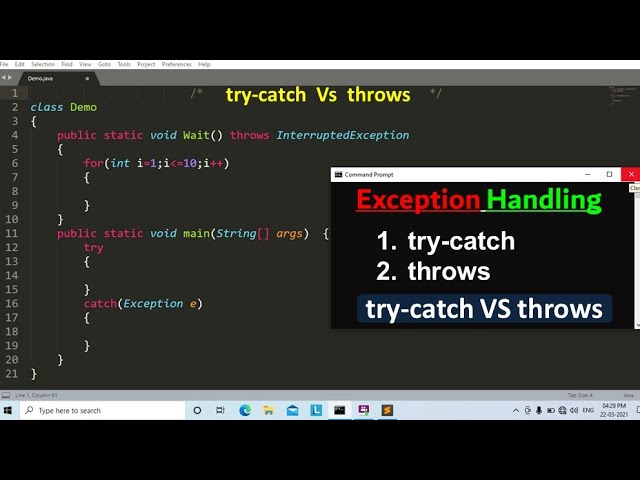
javatry { // code that might throw an exception } catch (ExceptionType e) { // code to handle the exception }
When to use try-catch:
try-catch to catch and handle exceptions that can occur during the execution of a piece of code. This ensures that your program does not crash or terminate unexpectedly. Exception Propagation: If an exception is thrown in a method, you can use try-catch to catch and handle it within the same method. If you don't catch the exception, it will propagate up the call stack until it reaches a catch block that can handle it. Code Readability: Using try-catch can make your code more readable by encapsulating complex error handling logic within a single block.
Throws
In Java, the throws keyword is used to declare that a method may throw an exception. The syntax for declaring a method that throws an exception is as follows:
javapublic void myMethod() throws ExceptionType { // code that might throw an exception }
When to use throws:
throws to declare that a method may throw an exception. This allows the calling code to prepare for the possibility of an exception being thrown. Method Signatures: When writing a method that may throw an exception, you must include the throws clause in its signature. This notifies the calling code that the method may throw an exception and allows it to catch or propagate the exception as necessary. API Design: When designing an API (Application Programming Interface), you should use throws to declare which exceptions a method may throw. This helps clients of your API understand how to handle potential exceptions.
Key Differences
Here are some key differences between using try-catch and throws:
try-catch, the control flow is explicit, as you're handling exceptions within the same code block. With throws, the control flow is implicit, as you're relying on the calling code to catch or propagate the exception. Scope: The scope of an exception handled with try-catch is limited to the current method or block. When using throws, the scope of the exception is wider, as it can be caught or propagated by calling code.
In summary, use try-catch to handle exceptions within a single piece of code, and use throws to declare that a method may throw an exception, allowing the calling code to prepare for the possibility.
Why should we use try catch in Java?
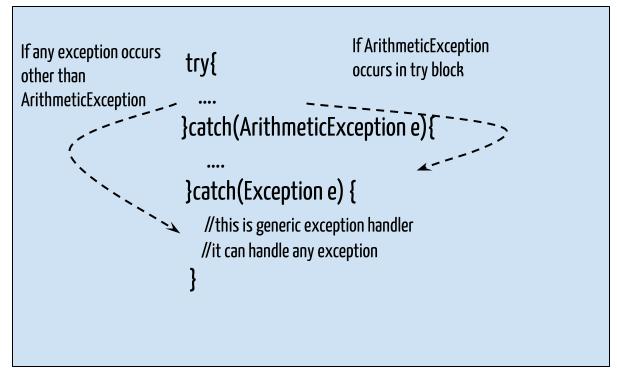
I'd be happy to explain why we should use try-catch blocks in Java!
When you're writing code, especially for a complex program or an enterprise-level application, it's crucial to anticipate and handle potential exceptions that might occur during the execution of your program. This is where try-catch blocks come into play.
What are exceptions?
In Java, an exception is an event that occurs during the execution of a program that disrupts the normal flow of instructions. It can be caused by various factors such as:
Logic errors: incorrect calculations or invalid assumptions.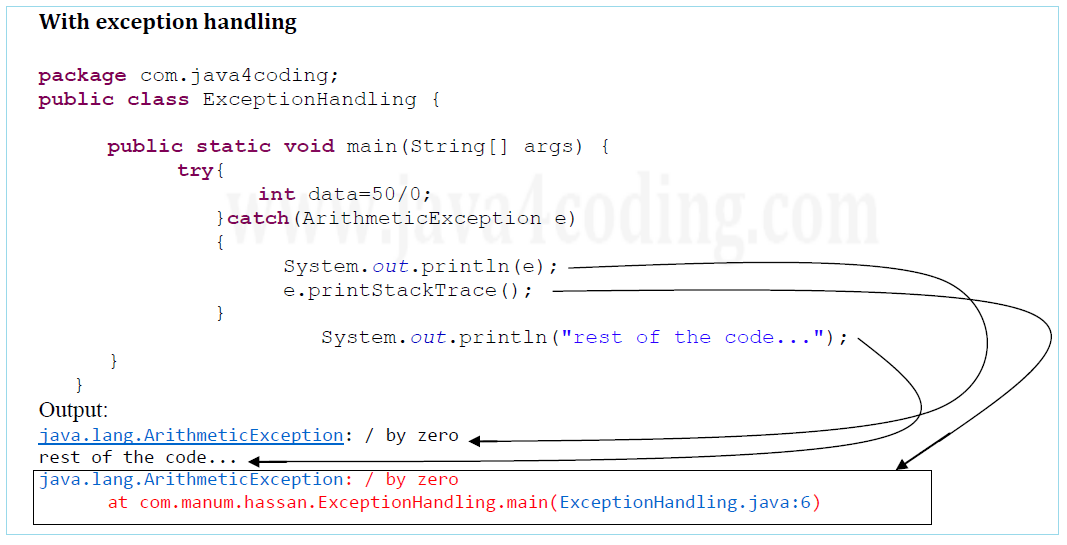
Why use try-catch blocks?
When you're writing code, it's essential to handle exceptions in a way that makes sense for your program. Here are some compelling reasons why:
Error Handling: Try-catch blocks enable you to catch and handle exceptions explicitly, allowing you to take corrective actions or provide meaningful error messages. Code Readability: By wrapping sensitive code within try-catch blocks, you can make your code more readable by hiding complex exception handling logic from the main program flow. Error Prevention: Try-catch blocks help prevent catastrophic errors that could crash your entire application or leave it in an unstable state. Reusability: Well-designed try-catch blocks allow for reusable code, which is crucial when dealing with complex algorithms or business logic. Improved Code Quality: By catching and handling exceptions intelligently, you can avoid the need for unnecessary debugging sessions or costly error fixes down the line.Best Practices
When using try-catch blocks in Java:
Use specific exception types to catch related exceptions. Avoid catching generic Exception classes (e.g.,Exception instead of IOException). Log errors and provide meaningful error messages for better debugging. Rethrow exceptions if you can't handle them intelligently.
In summary, using try-catch blocks in Java is crucial for handling potential exceptions that might arise during the execution of your program. By doing so, you'll not only ensure a more robust and fault-tolerant application but also improve code readability, reusability, and overall quality!
